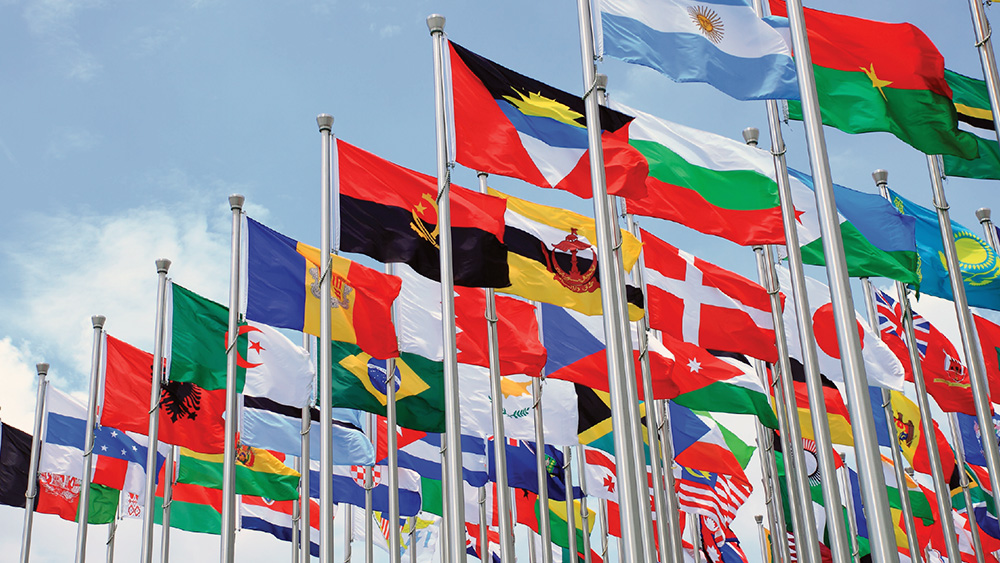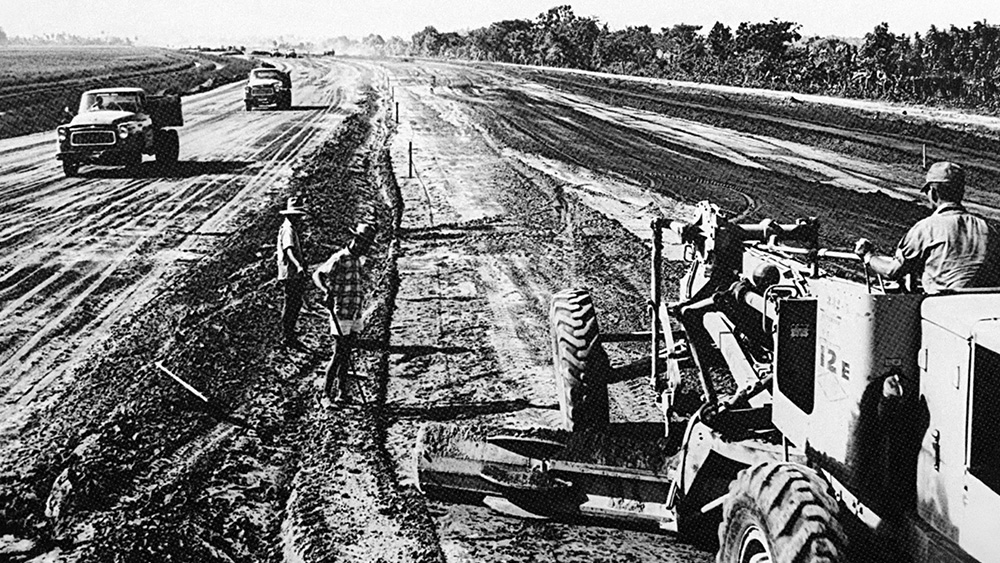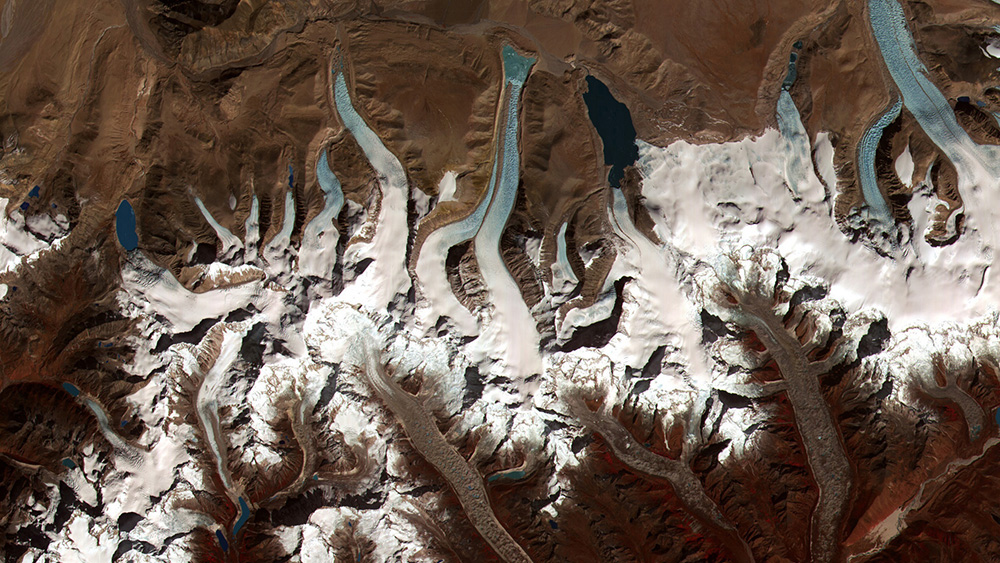Unit 9: Globalization
c. 1900 to the presentWhat does it mean to live in a global world? Explore the promises and problems of global connections, and how nationalism and identity continue to shape how people experience the world.

Lesson 9.0
Globalization c. 1900 to the Present
From 1900 to today, industrialization and globalization have transformed societies. This era of rapid change demonstrates how the past shapes our present connections and collective future.

Lesson 9.1
Advances in Technology and Exchange after 1900
Technological advancements have accelerated since 1900. We now live in a world that is more connected than ever before. What have we learned from this acceleration and what does the future hold?

Lesson 9.2
Technological Advances and Limitations After 1900: Disease
While technological advancements have accelerated since 1900, there are limitations to these innovations, as these technologies disproportionately benefit people who can afford them.

Lesson 9.3
Technological Advances: Debates About the Environment After 1900
Human impact on the planet is so profound that many now call this era the Anthropocene. As climate change and environmental damage intensify, history offers insight for building a better future.

Lesson 9.4
Economics in the Global Age
Globalization links economies worldwide, with goods produced far from where they’re used. This interconnected system brings economic benefits to many but also reinforces existing disparities between regions.

Lesson 9.5
Calls for Reform and Responses After 1900
Where we live doesn’t always define who we are. Identities have evolved through migration, connections, and changing affiliations, yet some traditions persist. Explore how new and old identities clash in today’s world.

Lesson 9.6
Globalized Culture After 1900
Globalization connects people through shared music, films, sports, and more. While this produces shared contexts, it also prompts debate about how global influences affect local traditions and identities.

Lesson 9.7
Resistance to Globalization After 1900
Rapid change and deeper global ties have sparked new tensions. Some social movements push for reform, while others challenge the current order, leading to conflicts over the future direction of globalization.

Lesson 9.8
Institutions Developing in a Globalized World
The end of World War II produced institutions like the United Nations to promote peace and cooperation. Today, globalization has transformed these goals and how nations interact on the world stage.

Lesson 9.9
Continuity and Change in a Globalized World
You’ve made it to the end of the course and learned a lot along the way! Put all your content knowledge and skills to the test with one final DBQ.
 Teaching This Unit
Teaching This Unit
Unit 9 Vocab
Key Unit 9 vocabulary words and definitions.

Using AI with OER Project
Transform your classroom with AI tools aligned to OER Project materials.

Writing Guide
Strategies for instructing and supporting both formal and informal writing.

Vocabulary Guide
Strategies for instructing and supporting both formal and informal writing.

Assessment Guide
Learn about OER Project’s approach to assessment.

Unit 9 Teaching Guide
All the lesson guides you need in one place.